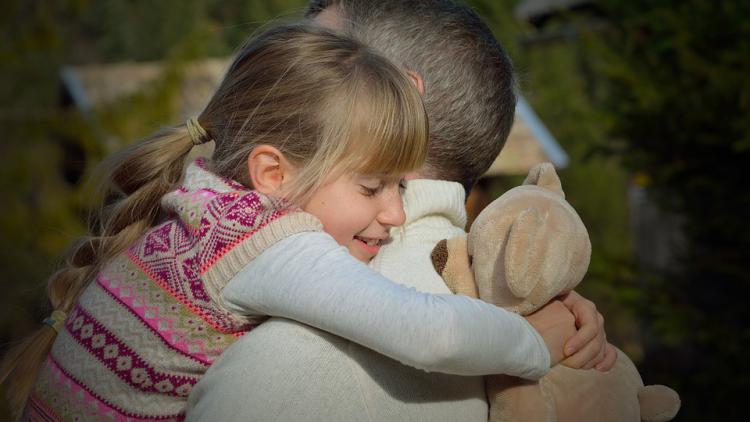
In case you haven’t heard, Google today released a new messaging app calledSpaces. Or is it aPinterest competitor? Maybe it’s the future of Google+? Truth be told, we’re not really sure what Google wants it to be, but it’s certainly interesting.
If you’re on the fence about giving Spaces a try – it’s available now for Android, iOS and both the desktop and mobile Web – here’s our guide to everything you should know about Google’s latest app venture.
Importantly, these all open right within the Spaces app if you’re on a mobile device, so you’re not constantly switching between apps. You can also comment on each post individual post, and even maintain a conversation while reading a link or watching a video.
You could, in theory, make spaces just for chatting with individual people, but doing so involves too many steps. This is not a Hangouts replacement – text is the last option among post types.
Discussions around content take priority over your independent thoughts. As such, Google envisions Spaces being used mainly by small groups of friends, family or coworkers who may need to coordinate a plan or simply want to discuss common interests. That said, I can also see it coming in handy for Pinterest-style link-and-image collection.
Creating a space
Log in to spaces.google.com or open up the Spaces app, and you’re greeted with a home screen showing off your current spaces, and given the option to create a new one. Each space shows little avatar bubbles of current participants, and an Activity tab lets you view any recent posts or comments by your friends.
If you have something you need to share immediately, you can click the blue arrow button and copy in the link or photo. You can either post it to a current space or create a completely new one around that item.
Google automatically assigns a color and cover image to new spaces, but once open, you can change the space’s look by clicking on the three-dot menu and hitting “customize space.” You can rename it, pick one of nine color themes, and choose one of ten cover images (or upload your own).
Then hit ‘Invite via’ to send people a link to join. On the Web, you can copy a link or send an email or Facebook post, but the mobile apps let you invite others through a standard share sheet. Or you can keep the list to yourself – no one’s judging.
Posting stuff
Now that you’re all settled, you can start posting stuff. Spaces gives you a few post type options:
- Links: Copy and paste URLs. Video and image files are automatically embedded, and GIF files play back automatically on your feed. On mobile, you can use this for Google Search or previewing URLs.
- YouTube (mobile-only): Searches specifically for YouTube videos, and shows your recently watches videos to speed up the process. You can still post YouTube videos on the desktop by copying the URL, but on mobile the integration helps save you some taps.
- Photos: Upload photos from your camera roll or Google Photos. You can post multiple images at once.
- Text: Barebones text posts, unfortunately missing formatting options.
Conversations are a central aspect of Spaces, but it’s not a traditional messaging app in the way Messenger, WhatsApp or Google’s own Hangouts are. Your conversations each live within the namesake ‘spaces,’ which cater to specific topicsrather than particular people.
You can have a space for activities like your next vacation or planning a book club, or you can simply use it to collecting images, links and videos of things that catch your attention. There are currently three post types: links (including YouTube videos and GIFs), photos, and text.








